Brace yourselves for this news. New York City, one of the most popular cities on the planet, is sinking. At least, that is what a major new study is claiming. Published in Earth’s Future this past week, several scientists found that New York City was sinking due to all of its buildings.
Three authors of the study, Pie-Chin Wu, Meng (Matt) Wei, & Steven D’Hondt, are all part of the Graduate School of Oceanography at the University of Rhode Island. Meanwhile, a major player in this field, Dr. Tom Parsons, was also part of the study.
He currently works for the United States Geological Survey as a Research Geophysicist. While his specialties are earthquakes and tsunamis, he also specializes in preventative measures. In particular, how the geology of an environment is affecting a region and helps people plan for what is coming.
Dr. Parsons was especially crucial in this study. As the gradual process of New York’s sinking could spell trouble for the city. Considering the sea level has been rising over twice as fast as the global rate. In fact, it is expected to rise between as many as 8 to 30 inches by 2050.
If that’s not enough, scientists predict that more frequent and extreme rainfall events could cause further issues. Especially when you include things like nor’easters and hurricanes due completely to the human-caused climate crisis.
The Risks For A Sinking New York City
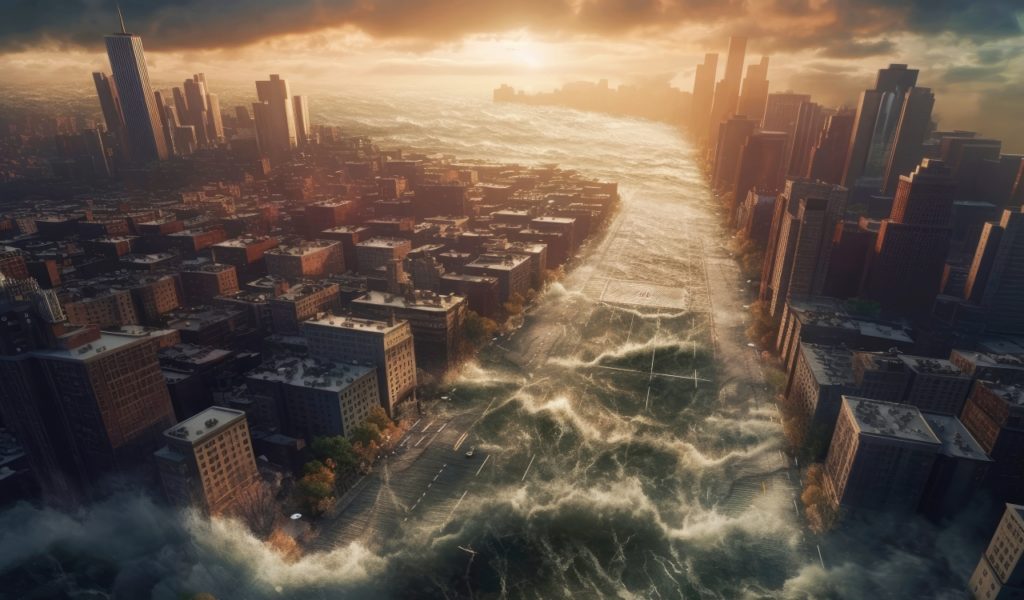
Dr. Parsons wanted to assure people living in New York City that the ocean might not be making its way into the city tomorrow. However, there is a lot to consider. He claimed:
“We’re a ways off from the ocean simply moving in. But we’ve had a couple of major hurricane events with Sandy and Ida in New York where heavy rainfall caused inundation in the city, and some of the effects of urbanization have allowed water to come in.”
The paper discussed how the high-rise buildings in a coastal, riverfront, or lakefront area could contribute to future flood risks. Along with measures that should be taken to mitigate the possible hazardous impact from them.
The researchers managed to calculate the mass of the 1,084,954 buildings that existed across the five boroughs of New York City at the time. They reached a final number of 1.68 trillion pounds (or roughly 762 billion kilograms).
That is equal to around 1.9 billion Boeing 747-400s filled to capacity!
The team used simulations to calculate the effects of this weight on the ground. They also compared this with satellite data showing the actual surface geology of New York City. Their analysis found that the city is sinking around 1 to 2 millimeters per year. Some areas are seeing double this per year in the city, however.
It Cannot Be Blamed Entirely On The Buildings
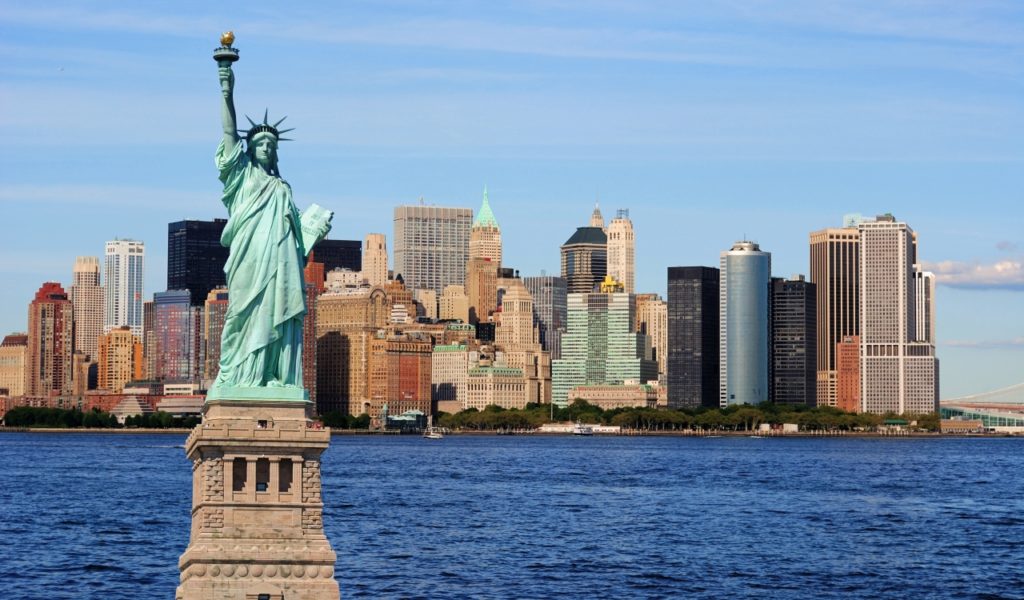
The technical term for the sinking or settling of the Earth’s surface due to either natural or artificial causes is “subsidence.”
A study from September 2022 found that 44 or the 48 most populated coastal cities have areas that are sinking faster than sea levels are rising. Of course, this is a big problem for everyone involved. You have to consider, as well, that many of these cities are some of the most notable within their respective country.
The current study has an approach that might seem a bit different compared to other previous suggestions. They want to take into account the weight of New York City’s buildings and how they are contributing to the subsidence of the land below them.
Yet they also realize that the sinking of a city cannot be blamed entirely on its buildings. Especially where New York City is concerned. Dr. Parsons claims:
“We could see some correspondence where there’s construction on very soft soils and artificial fill. [In] other places, we see subsidence that’s difficult to explain. And there’s a lot of different causes of it, such as post-glacial relaxation that happened after the last ice age, or groundwater pumping.”
Sinking Is A Global Problem
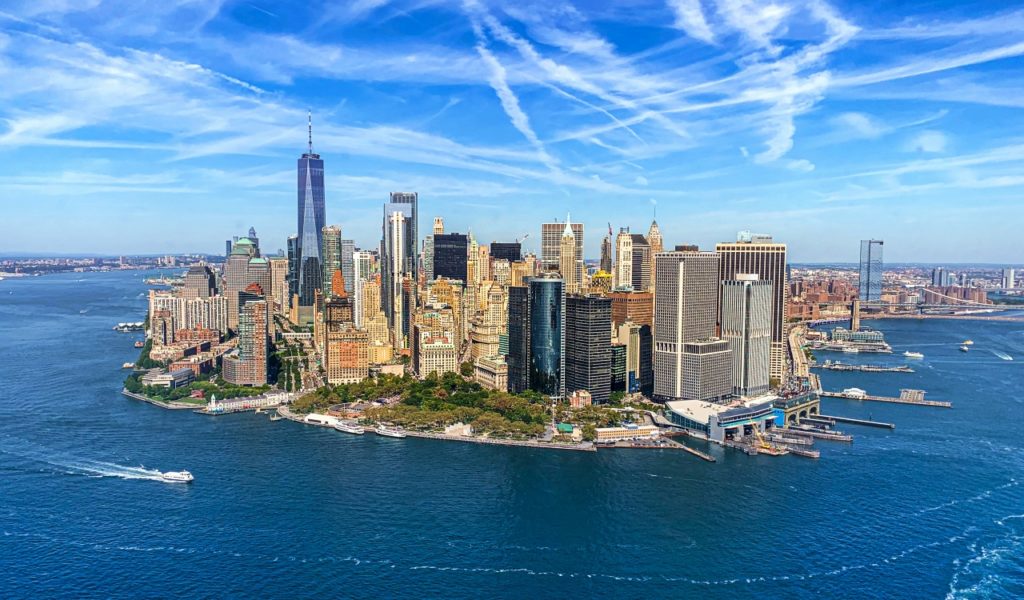
Among the areas sinking faster than the rest are Brooklyn, Queens, and lower areas of Manhattan. It shouldn’t be overlooked that these areas are some of the places currently undergoing a lot of change. Dr. Parsons discussed this as well, saying:
“Some of that seems to correspond with construction projects going on. But we also see subsidence on the north end of Staten Island that I can’t figure out an explanation for, and I’ve looked into all kinds of different things so that still remains a mystery.”
The question many might have is…how do we mitigate the risks associated with subsidence or sinking overall?
The study found that the subsidence can cause much more harmful flooding threats as sea levels rise. Dr. Parsons would reference that while this study might be about New York City, they are by no means the only coastal city at threat. He claims:
“It’s a global issue. My co-authors from the University of Rhode Island looked at 99 cities around the world, not only coastal but inland as well, and the vast majority of them have subsidence issues.”
One area he pointed to was the case of Jakarta. It is actually sinking so fast that the Indonesian Government is now planning to build a new capital city somewhere else.
Understanding Why NYC Is At Such High Risk
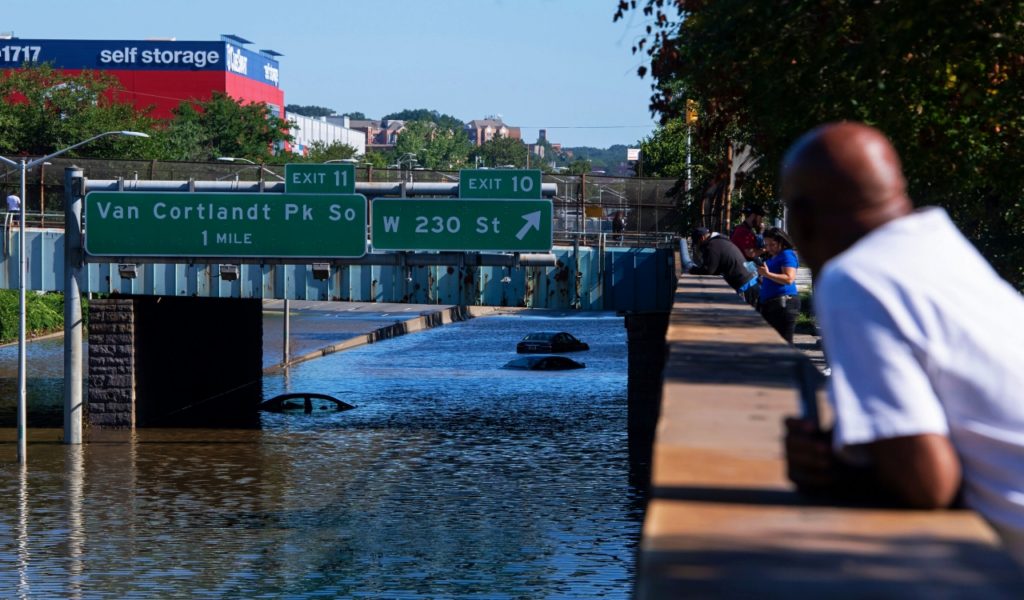
Postdoctoral fellow at Los Alamos National Laboratory & Geophysicist, Sophie Coulson understands the sinking issues are vast. She said this about the human impact:
“We know that global sea levels are rising and shorelines are changing and that it is critical to understanding the impact of human activities, such as greenhouse gas emissions, on our warming world. This research takes a look at an important human factor that has only recently come into focus: the effect of urban building loads on coastal land subsidence.”
She added that the authors of the study used a clever combination of computer modeling, satellite measurements, and GPS data. Which they used to estimate short & long-term sinking rates for different areas of New York City. Hoping to identify the areas at the highest level of risk.
Coulson referenced how we need to understand why things are happening in New York, claiming:
“New York City is among the most densely populated coastal areas in the world, with a large portion of its critical infrastructure constructed in low-lying coastal areas. Understanding how and why the landscape is changing, and identifying areas most vulnerable to flooding is essential for making the right preparations to mitigate future sea level rise.”
New York City Officials Might Not Be As Worried As They Should Be
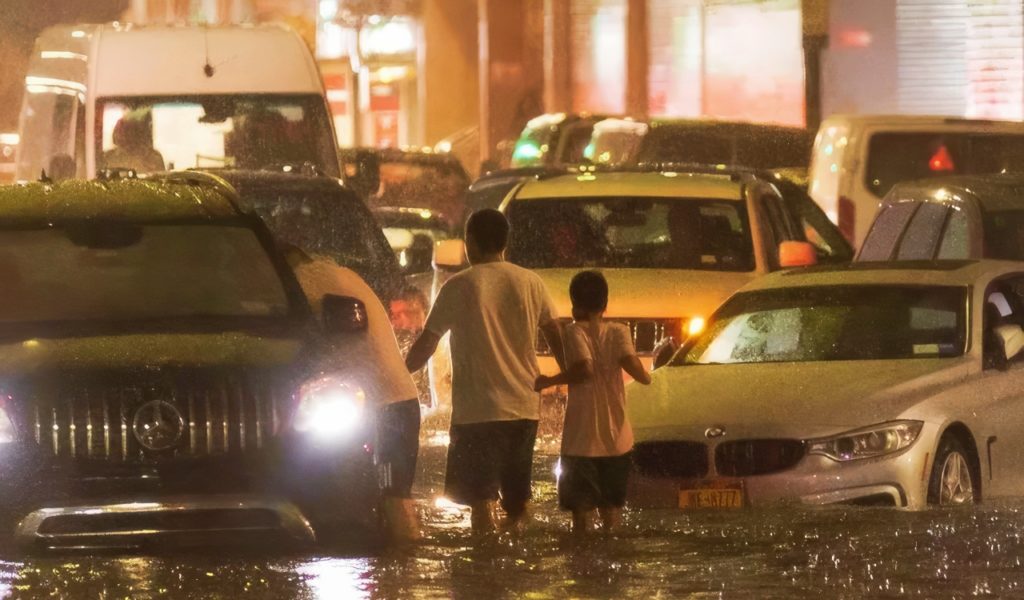
Climate change has caused a lot of problems for the planet. We’re feeling the effects right now, but a sinking city is likely the least of people’s concerns. The other issues are causing more problems than flooding, according to Eddie Bautista.
Of course, Bautista is the Executive Director of the New York City Environmental Justice Alliance. If anyone would know about this issue in NYC, it would be him. Speaking to Grist, Bautista claimed at least 350 people on average die in New York City from heat-related causes. He went on to say:
“I could see why this study is a point of interest, but frankly there are far more pedestrian, daily vulnerabilities and literally people at risk of dying. There’s a ton more that the government could be doing to make New Yorkers more resilient to increasing impacts from climate change.”
Bautista isn’t wrong about the heat-related issues. However, it’s clear we cannot overlook what Hurricanes have done to the city. Hurricane Sandy & Ida caused a ton of damage to New York City. While they were nearly a decade apart, they hit the city hard.
Not only did these hurricanes damage buildings, destroy personal property, and cause power outages. They also led to the deaths of dozens of people.
The study even found that NYC ranks third in the world for the highest amount of assets likely to be exposed to coastal flooding in the future. Thus, we should not just wait around because heat issues are a problem. The time is now to act if we want to save NYC from future harm.
References:
NASA-Led Study Pinpoints Areas of New York City Sinking, Rising